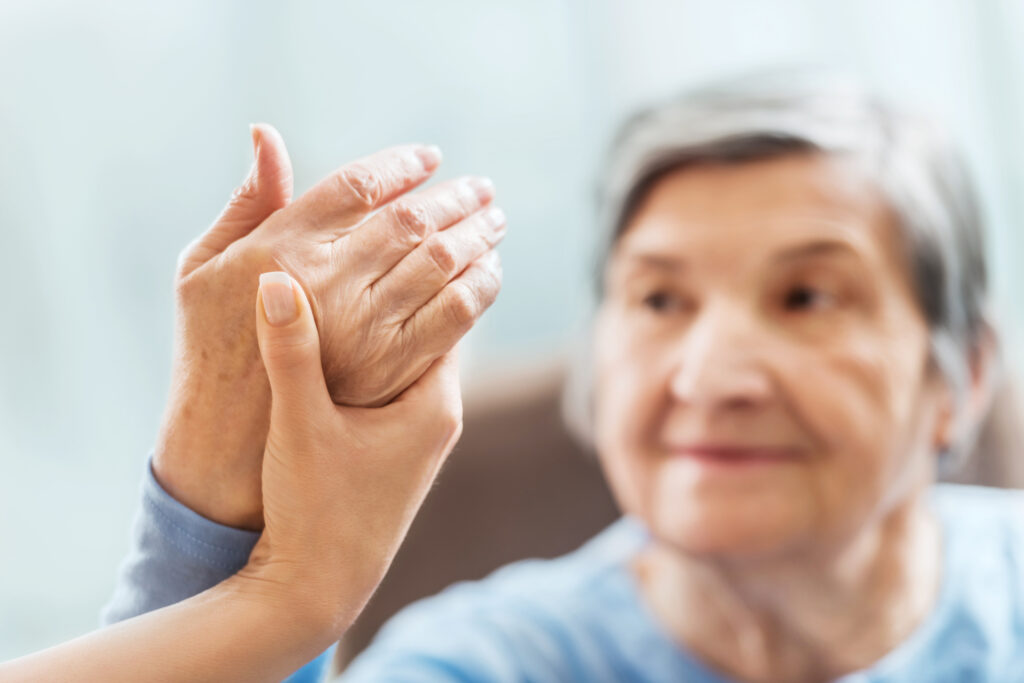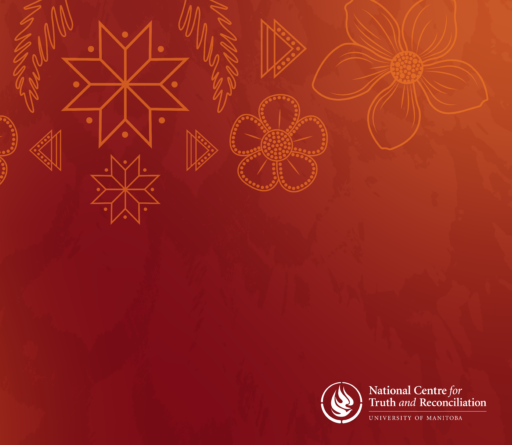College Blog
By: Mary-Catherine Fraser Saxena, Practice Advisor
All identifying details, including names and locations, have been changed.
Pushpa, a physiotherapist working in a private clinic in Windsor, Ontario, decided to call the Practice Advisors after an unsettling interaction with a patient. The new patient had come for an initial assessment. Though she was 20 years old, she attended with a male companion. Her reason for the appointment was for wrist pain following a Colles fracture.
Pushpa saw that, despite the snow outside, the patient was wearing thin sneakers and was without a winter coat. Pushpa noticed her patient seemed nervous – she was often looking at the ground, fidgeting with the hem of her skirt, and seldomly made eye contact. The patient was vague about how the fracture had occurred, and what the timeline had been between injury and being casted. She couldn’t describe exactly when the cast had been removed and looked to her male companion to fill in gaps of the story.
After the objective examination was complete, when Pushpa was providing her with information regarding her treatment plan and next steps, the patient was unable to commit to being able to return for a follow-up appointment. She reported being new to the city and working a lot. She hesitated about providing an email address to receive the home exercise program. The patient again looked to her male companion for confirmation on these points.
Once the patient had left, Pushpa called the Practice Advisors and summarized the interaction. The Practice Advisor’s first question was: “do you think this patient was a victim of human trafficking?” Pushpa was shocked to realize that, though she recognized that something was very off during this assessment, she had not once considered the possibility of human trafficking.
Pushpa is not alone. A study from McGill in 2023 found that many healthcare professionals fail to recognize the signs that someone may be a victim of human trafficking.
Human trafficking, also known as trafficking in persons, is often described as a modern-day form of slavery. It involves the recruitment, transportation, harbouring and/or exercising control, direction or influence over the movements of a person to exploit them, typically through sexual exploitation or forced labour. Canada has been identified as a source, destination and transit country for victims of human trafficking for the purposes of sexual exploitation and forced labour.
About two-thirds of human trafficking victims are Canadian, which goes against the common belief that those trafficked here are only immigrants and refugees. This is significant, because many people don’t think to screen Canadians for human trafficking. It’s also important to be aware that minors account for a quarter of all trafficking victims in Canada. Anyone can fall victim to this crime, although women and girls represent most victims in Canada. According to the government of Ontario, those at-risk include:
- Indigenous women and girls; migrants and new immigrants; 2SLGBTQI+ persons; children and youth in the child welfare system; those who are socially or economically disadvantaged; and
- migrant workers who may be particularly vulnerable to exploitation and abuse due to many factors, such as language barriers, working in isolated/remote areas, lack of access to services and support, and lack of access to accurate information about their rights.
Victims often seek health services in an emergency, for physical injury or assault, gynecological services or perinatal care, routine follow-up for chronic conditions, or following workplace injuries – putting the victims in direct contact with physiotherapists who work in emergency rooms, private clinics, pelvic health clinics, and many other healthcare settings.
The red flags to identify someone who may be a victim of trafficking can overlap with those for domestic violence and child abuse. Some signs to watch out for include:
- The patient’s story doesn’t quite make sense for the presentation.
- The patient is reluctant or unable to speak on their own behalf.
- A companion answers all questions for the patient.
- A companion speaks for the patient because of a language barrier.
- The patient lacks identification documents, or another person holds them.
- Tattoos or other marks that may indicate a claim of ‘ownership.’
As a physiotherapist, by using a trauma-informed approach, you can help foster feelings of security, self-esteem and self-determination that may last well beyond the patient visit. If you feel it is safe for you to do so, consider providing an opportunity to be alone with the patient. Offer to accompany them to the bathroom to wash their hands or suggest that you need them to change into a gown, so that the person accompanying them must step out of the room.
Some questions that you could consider asking include:
- Are you able to come and go as you please?
- Do you have a safe space to go?
- Do you feel like there’s somebody at home or where you work who makes you feel scared or unsafe?
- Do you feel like you can take breaks at work? Can you leave your workplace?
- Do you feel you’ve ever been tricked or pressured into doing something you don’t want to do?
- Has your family been threatened?
- Did anyone arrange your travel to Canada? And do you feel you owe someone who helped you travel here? (If the patient is an immigrant or refugee)
One of the most powerful things you can do as a physiotherapist is learn the warning signs of human trafficking and make sure others in your workplace know them as well. It may simply take one person to report suspicious behaviour to uncover cases of human trafficking.
If you think someone is a victim of human trafficking, call the Canadian Human Trafficking Hotline, 9-1-1, or your local police.
Resources
If there is immediate danger or if you suspect someone is being trafficked, call 911 or your local police service.
If you or someone you know is in need of support or you want to report a potential case call the Canadian human trafficking hotline: 1-833-900-1010. It’s confidential, toll-free and open 24/7.
For more information, please consult the Canadian Centre to End Human Trafficking.












Share Your Thoughts